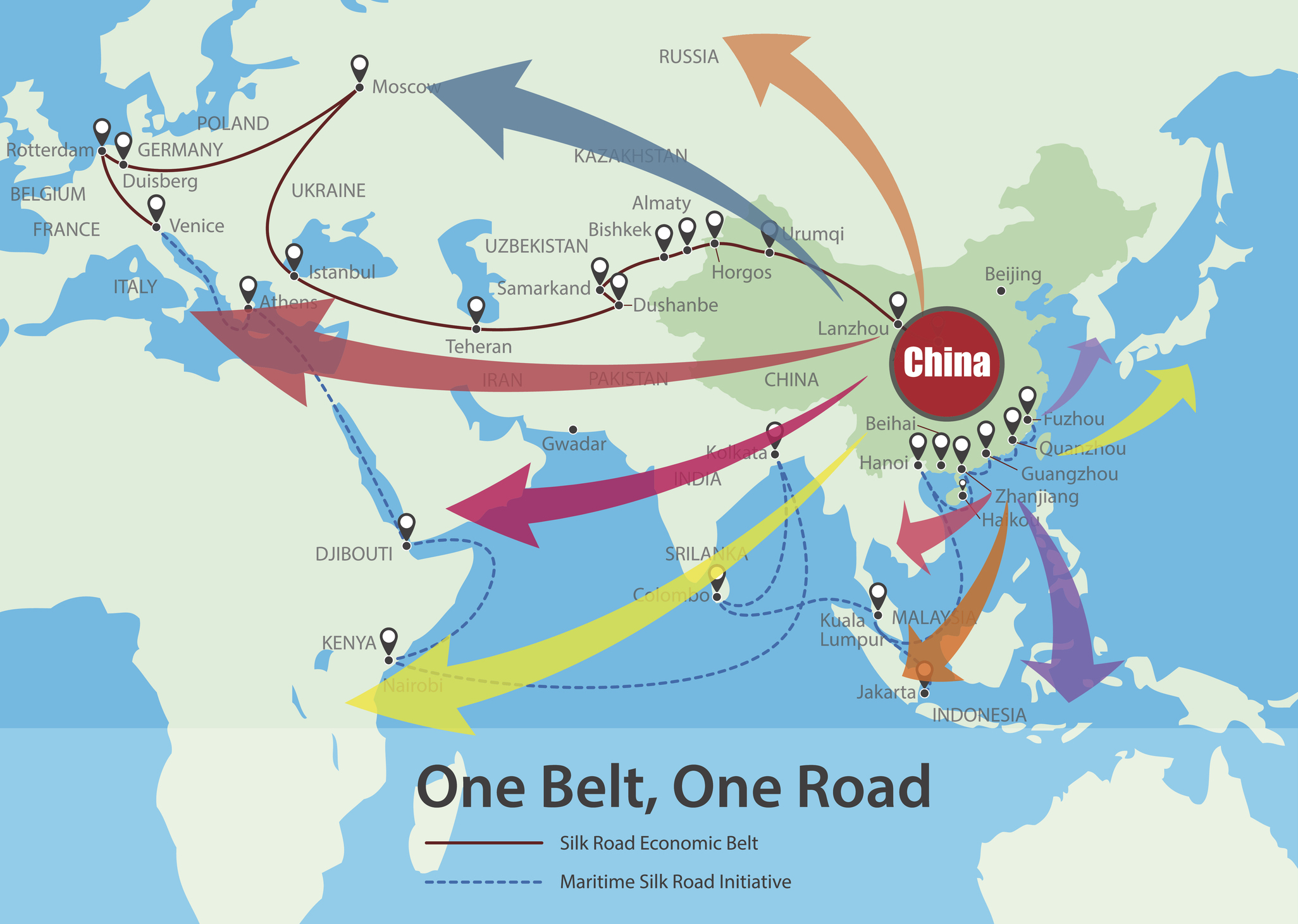Anura Kumara Dissanayake’s Strategic Leap with China – and India’s Watchful Eye
Strengthening Sri Lanka’s Global Footprint
President Anura Kumara Dissanayake’s forthcoming state visit to China comes at a critical juncture for Sri Lanka’s economic recovery and strategic positioning in the region. With China’s towering influence in Asia and Sri Lanka’s strategic location in the Indian Ocean, this tour carries immense promise—and geopolitical ripples. Notably, India, Sri Lanka’s closest neighbor and a major regional power, will be closely monitoring the visit’s outcomes, particularly in the context of its own interests in the Indo-Pacific.
Historical Context: Balancing Relations Between Giants
For decades, Sri Lanka has had to delicately balance its relationships with both China and India. While China has been a major investor and development partner, India has been Sri Lanka’s cultural, historical, and geographical ally. President Dissanayake’s visit to China is expected to reaffirm Sri Lanka’s partnership with Beijing, but the challenge lies in ensuring that these developments do not strain its ties with New Delhi.
India’s Perspective: A Watchful Neighbor
India’s interests in the Indian Ocean make it particularly sensitive to growing Chinese influence in Sri Lanka. Key considerations for India include:
- Strategic Security Concerns: India has long viewed Chinese investments in Sri Lankan infrastructure—especially in ports like Hambantota—with suspicion, interpreting them as part of a broader strategy to encircle India in the region.
- Economic Competition: India has its own stake in Sri Lanka’s economic recovery, with significant investments and trade agreements. President Dissanayake’s focus on securing Chinese investments might prompt India to step up its economic engagement with Sri Lanka to maintain its influence.
- Regional Diplomacy: India’s broader strategy in the Indo-Pacific, which aligns with its partnerships with the U.S., Japan, and Australia (the Quad), could lead it to interpret the tour as a tilt toward China, necessitating a recalibration of its own diplomatic approach.
Navigating India-China Rivalry: Sri Lanka’s Tightrope
President Dissanayake’s administration must navigate this rivalry carefully, ensuring that Sri Lanka’s partnerships with China do not alienate India. Key steps include:
- Ensuring Transparency: India’s concerns over Chinese projects often stem from a lack of transparency. Sri Lanka can mitigate these by maintaining open communication with India about the nature and scope of Chinese investments.
- Diversifying Partnerships: While China is a critical partner, the President’s government must balance this by engaging with India on trade, investments, and regional security cooperation, reassuring New Delhi of its role as a key ally.
- Non-Aligned Approach: Historically, Sri Lanka has championed a non-aligned foreign policy. President Dissanayake’s tour provides an opportunity to reaffirm this stance, emphasizing that the country’s partnerships with China are aimed at mutual economic growth, not geopolitical alignment.
Economic and Strategic Opportunities: What’s in it for Sri Lanka
While India watches closely, the prospects of this visit are significant for Sri Lanka’s economic revival. These include:
- Debt Management: Sri Lanka’s discussions with China on debt restructuring could indirectly benefit India by stabilizing Sri Lanka’s economy, reducing regional financial volatility.
- Collaborative Regional Development: Triangular cooperation involving Sri Lanka, India, and China could become a possibility if managed diplomatically, focusing on areas such as renewable energy and maritime security.
- Tourism Boost: Reviving Chinese tourism might also encourage India to further promote its own tourism collaborations with Sri Lanka, leading to broader economic benefits.
A Diplomatic Balancing Act
President Anura Kumara Dissanayake’s visit to China could herald a new chapter in Sri Lanka’s relationship with Beijing, but it also comes with diplomatic complexities. India’s response will likely shape the broader narrative of the visit. For Sri Lanka, the key lies in maintaining its sovereignty and ensuring that its partnerships with China are not perceived as a threat by India. By positioning itself as a bridge rather than a battleground in the India-China rivalry, Sri Lanka has the opportunity to play a unique and constructive role in the region.



























